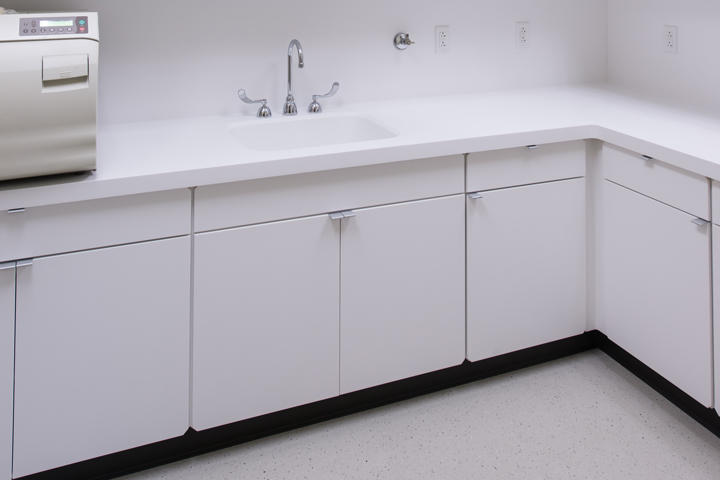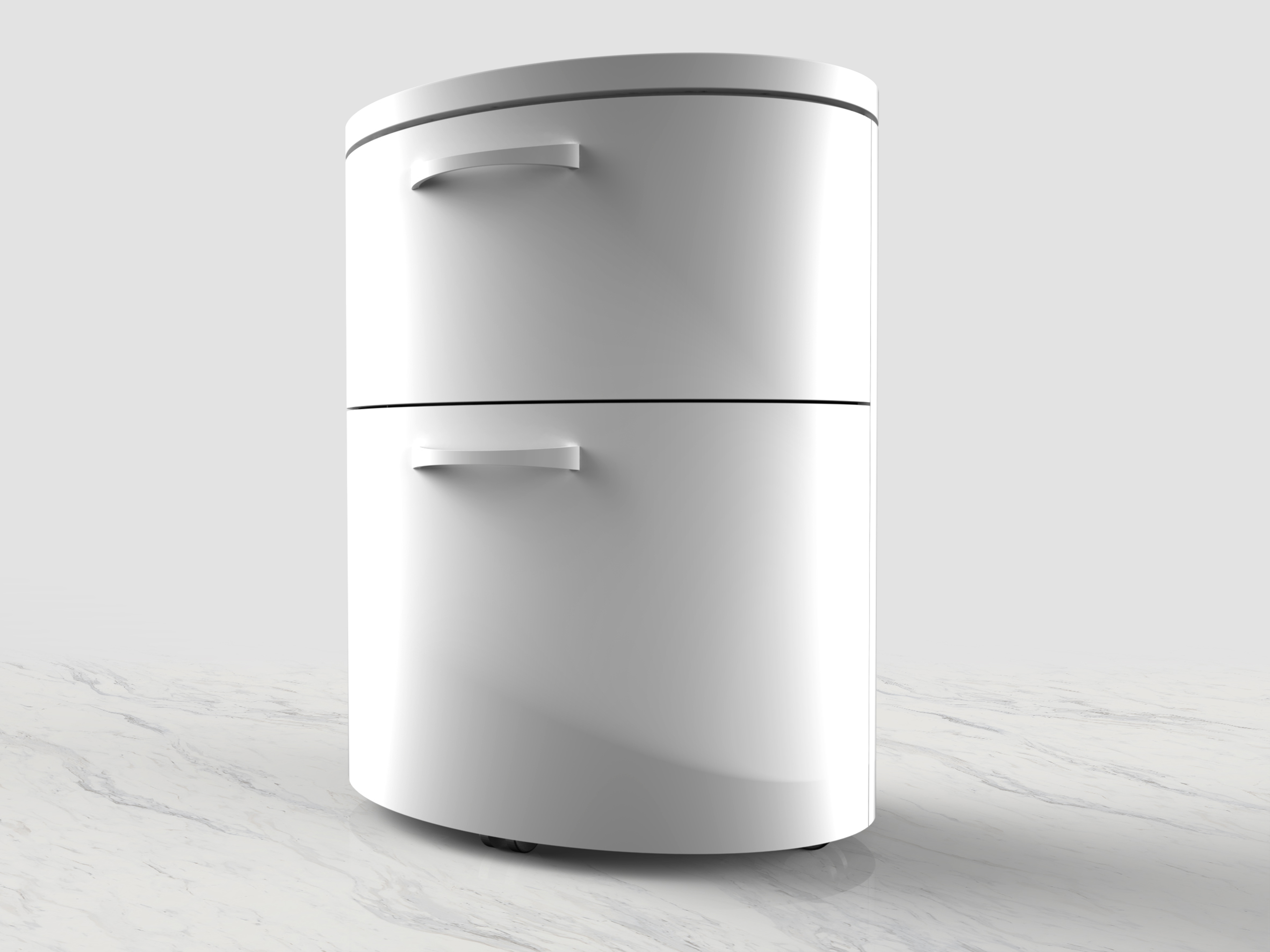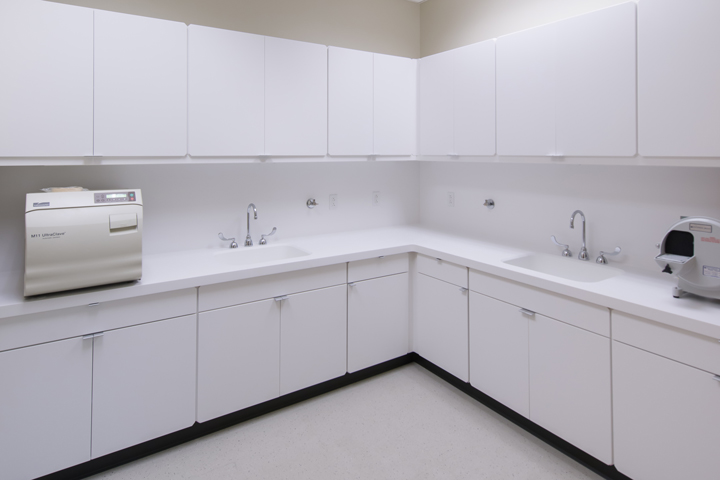Aging Baby Boomers increase healthcare furniture costs
Baby Boomers—those born from 1946 to 1964—enjoy their fair share of media coverage on a regular basis. With more and more Baby Boomers celebrating 65th birthdays each day, Social Security and Medicare are facing heavy strain. The media regularly covers this growing problem, but there’s another, not-so-frequently covered problem associated with the aging population: hospital furniture costs. As more of the population continues to age, hospital traffic flow greatly increases, causing hospital furniture to wear out much more quickly. Thus, as they age, Baby Boomers increase healthcare furniture costs for healthcare facilities. Read on to learn about this issue and possible solutions to the growing problem.
Baby Boomers and federal programs
Baby Boomers are qualifying for government aid programs such as Medicare and Social Security at a rapid rate. According to AARP.org, in 2011, the first of the baby boomers reached retirement age. For the next 18 years, the site continued, “boomers will be turning 65 at a rate of about 10,000 a day.”
This means that, each day, about 10,000 Americans qualify for government aid programs such as Social Security and Medicare. [Tweet “”Each day, about 10,000 Americans qualify for government aid programs.””]
Additionally, as Americans continue to age, more and more will require hospital or nursing home care for a number of reasons associated with aging. Combined with the faster technologies and medical practices now common in today’s healthcare facilities, this increased number of patients will cause healthcare facilities to experience much higher patient turnovers and traffic flow.

Image via Flickr user Patrice Pourgueres
Higher traffic flow
According to Amber Kingsnorth of Remi Network, “Experts predict a 21 percent increase in outpatient demand over the next 10 years, including procedures, office visits, imaging and physical therapy.” With shorter individual visits, Kingsnorth continued, come higher patient turnovers, meaning clinics will see a greater number of people each day.
Therefore, both the hospitals themselves and the furniture and tools in them will face much higher use, subjecting them to quicker dilapidation. Everything from couches and patient beds, nurse stations and cabinetry, staff rooms and patient rooms will see a higher traffic flow. As Baby Boomers age, the number of patients and staff members will increase, resulting in heavier Topamax furniture use. Therefore, the increased traffic flow will, as a result of the large number of aging baby boomers, increase healthcare furniture costs for healthcare facilities around the country.
A solution?
The obvious solution is for manufacturers to build hospital furniture that will last. Rather than building plastic laminate casework, for instance, manufacturers should utilize a more durable material that will stand up to water and chemicals and won’t dilapidate under heavy use. Materials such as stainless steel and solid surface are highly durable and well-suited to such critically sanitary environments as hospitals. Such materials are more likely to maintain their quality condition and last for years than are other cheaper materials.
However, with ever-changing surroundings and varying patient needs, flexible furniture is a must. Spaces must be easily configured to suit a variety of needs and situations, and furniture must be easily customized to fit different user’s needs. As technology continues to change and treatment protocols persistently evolve, Kingsnorth said, the furniture must also be flexible to accommodate those changes.
One solution, Kingsnorth continued, is modular casework. “A 2012 study by Herman Miller examining the cost savings for Bluewater Health in Sarnia, Ontario, found that the initial build-out savings by using modular casework were 11 percent over built-in millwork. Those savings rocketed to 74 per cent at the time of their first re-design of the facility. This is a result of low waste and high re-use of their existing case goods, as well as far lower down time as compared to a second new build-out.”
Modular casework, then, further increases the customizability of hospital furniture, proving a highly cost-effective option. Therefore, combining these two concepts—durable, easily customized furniture—offers a simple, affordable solution to the problem of Baby Boomers increasing healthcare furniture costs.
There is no question that durability is and always will be a key factor in selecting any healthcare furniture. Every selection must not only stand up to continued patient use, but also rigorous cleaning that is often done with harsh agents. But as medical technology advances and patients take more ownership of their care, the healthcare environment must lower its armour in favour of a more adaptive and inviting approach.










Sorry, the comment form is closed at this time.